


Slot car news, photos from all slot car manufacturers.
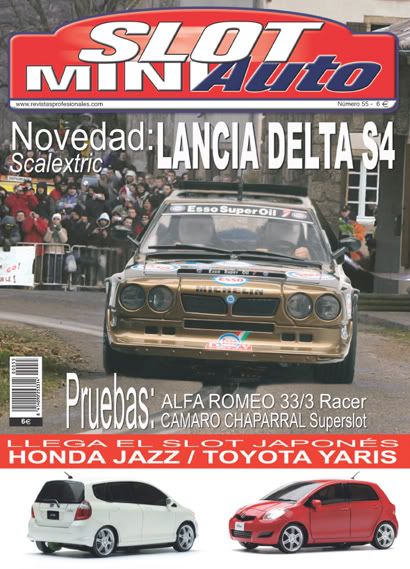
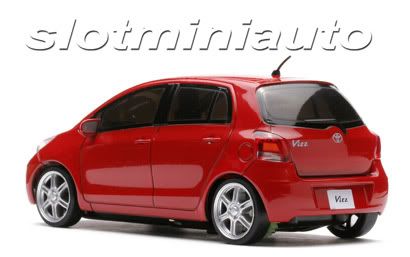


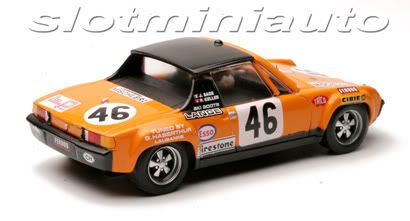

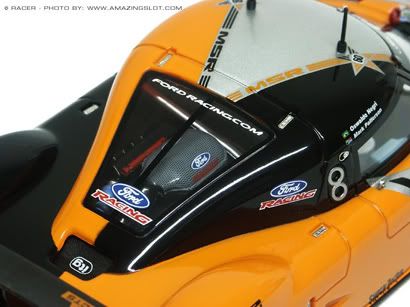
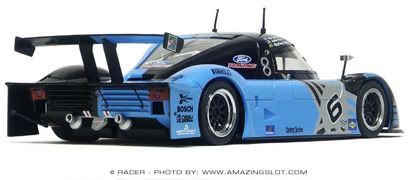
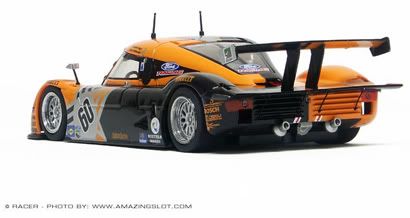
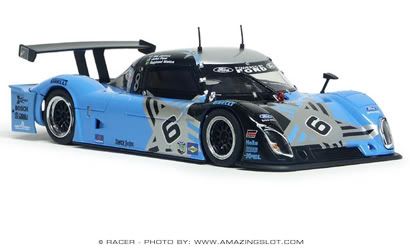
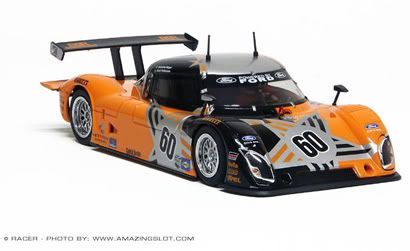
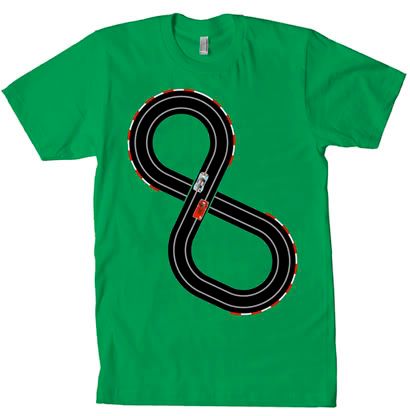
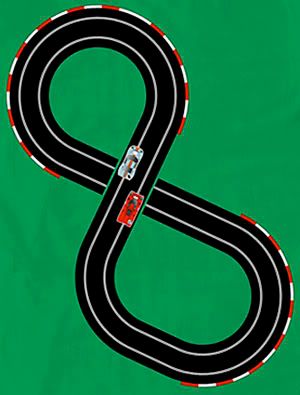
 SCX surprised everyone back in 2007 when they first introduced the Audi R8 Pro Car. Here was a mass producer of slot cars bringing a car to market that was loaded with goodies: setscrew wheels and gearing, adjustable chassis, interchangeable motor pods, and lightweight racing body. What surprised me even more? Getting beat at my club by a race tuned SCX Audi R8. Then, last year SCX introduced the Pro Porsche 997. Is it really any better than the standard SCX Porsche 997? How does the Pro Porsche compare to Porsche 996/997 models from other slot manufacturers? Let’s find out!
SCX surprised everyone back in 2007 when they first introduced the Audi R8 Pro Car. Here was a mass producer of slot cars bringing a car to market that was loaded with goodies: setscrew wheels and gearing, adjustable chassis, interchangeable motor pods, and lightweight racing body. What surprised me even more? Getting beat at my club by a race tuned SCX Audi R8. Then, last year SCX introduced the Pro Porsche 997. Is it really any better than the standard SCX Porsche 997? How does the Pro Porsche compare to Porsche 996/997 models from other slot manufacturers? Let’s find out! Let’s start by looking at what comes in the box. The Porsche 911 GT3 Cup Pro (50590) comes attractively packaged in a box that could double as a pit case in a pinch. Inside the box are the Porsche’s chassis, body, motor, extra motor pod for boxer type motors, an extra guide, some extra braid and screws, and an extra mechanical brake shoe. The body is decorated in a racing livery from the Carrera Supercup. Also included is a glossy covered booklet: Driving And Maintenance Guide. Interestingly, the guide is illustrated with photos of the Pro R8. Fortunately the Porsche’s chassis has adjustments identical to that of the Audi so the instructions do apply. The guide book lays out in simple terms how to assemble and adjust the Pro car. While more experienced slot racers might take car setup for granted, someone new to the hobby will find this to be a valuable resource. The booklet goes one step further and presents a few basic racing strategies. Again, this will be useful information to someone new to the hobby. If you’ve bought a Pro Car and haven’t read the manual (tucked under the foam rubber packaging) it really is worth a look.
Let’s start by looking at what comes in the box. The Porsche 911 GT3 Cup Pro (50590) comes attractively packaged in a box that could double as a pit case in a pinch. Inside the box are the Porsche’s chassis, body, motor, extra motor pod for boxer type motors, an extra guide, some extra braid and screws, and an extra mechanical brake shoe. The body is decorated in a racing livery from the Carrera Supercup. Also included is a glossy covered booklet: Driving And Maintenance Guide. Interestingly, the guide is illustrated with photos of the Pro R8. Fortunately the Porsche’s chassis has adjustments identical to that of the Audi so the instructions do apply. The guide book lays out in simple terms how to assemble and adjust the Pro car. While more experienced slot racers might take car setup for granted, someone new to the hobby will find this to be a valuable resource. The booklet goes one step further and presents a few basic racing strategies. Again, this will be useful information to someone new to the hobby. If you’ve bought a Pro Car and haven’t read the manual (tucked under the foam rubber packaging) it really is worth a look. Putting the car together is a snap. Only two screws hold the body onto the chassis. A closer look at the body screws shows that SCX has sweated the smallest details of this car. The smooth shank of the body screws allows the body to float without interference from the screw’s threads. SCX has also provided more a highly adjustable chassis for the Porsche Pro Car. The adjustments include front axle ride height, motor pod float front and rear, as well as the usual adjustments afforded by setscrew wheels and gears. SCX even includes a hex driver to help get the job done.
Putting the car together is a snap. Only two screws hold the body onto the chassis. A closer look at the body screws shows that SCX has sweated the smallest details of this car. The smooth shank of the body screws allows the body to float without interference from the screw’s threads. SCX has also provided more a highly adjustable chassis for the Porsche Pro Car. The adjustments include front axle ride height, motor pod float front and rear, as well as the usual adjustments afforded by setscrew wheels and gears. SCX even includes a hex driver to help get the job done. While at first glance the standard and Pro Porsches look quite similar, they are in fact two totally different cars. Where the Pro car sports a half pan interior, full front axle, and RX4H motor, the standard car has a full interior, front stub axles, and RX42B motor. I know that a lot of slot racers aren’t a big fan of stub axles since the performance advantage of independently rotating front wheels is normally lost by the play inherent with this type of design. SCX has made the effort to get it right.
While at first glance the standard and Pro Porsches look quite similar, they are in fact two totally different cars. Where the Pro car sports a half pan interior, full front axle, and RX4H motor, the standard car has a full interior, front stub axles, and RX42B motor. I know that a lot of slot racers aren’t a big fan of stub axles since the performance advantage of independently rotating front wheels is normally lost by the play inherent with this type of design. SCX has made the effort to get it right. then once again after fitting Slot.it S2s. The lap times for the Pro car dropped from 9.375s to 8.204s, and went from 11.657s to 8.871s for the standard car. With a bit of weight added I was able to get the Pro car down to 7.784s, and the standard car down to 8.274. I then fitted S2 tires to my comparison cars and recorded some hot laps with each of them.
then once again after fitting Slot.it S2s. The lap times for the Pro car dropped from 9.375s to 8.204s, and went from 11.657s to 8.871s for the standard car. With a bit of weight added I was able to get the Pro car down to 7.784s, and the standard car down to 8.274. I then fitted S2 tires to my comparison cars and recorded some hot laps with each of them.